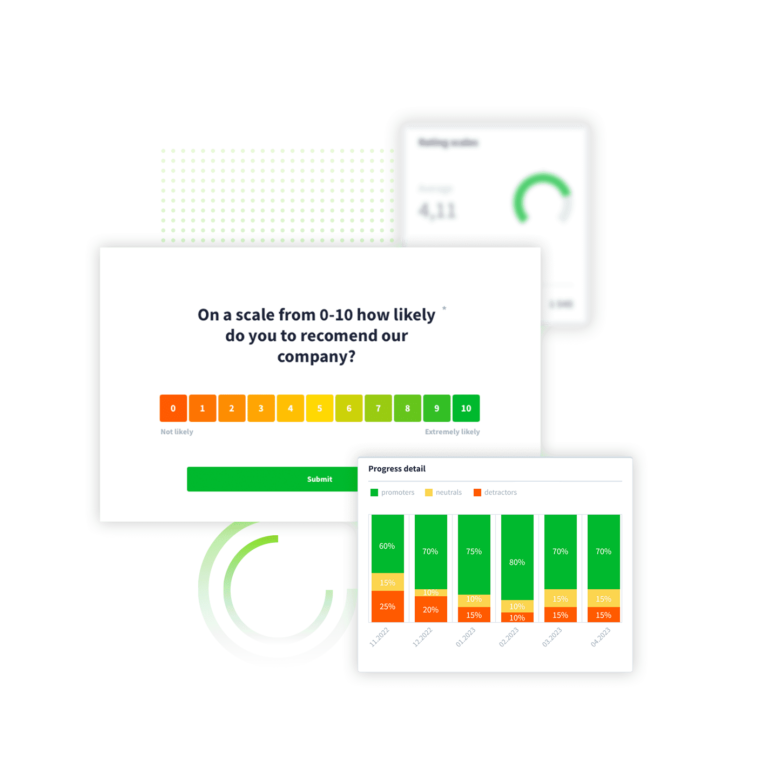In today’s highly competitive business landscape, customer satisfaction has become the cornerstone of success for organisations across industries. Delivering exceptional customer experiences has proven to be a differentiating factor that drives customer loyalty, brand reputation, and ultimately, business growth. To effectively measure and improve customer satisfaction, organisations must rely on key metrics that provide valuable insights into customer experiences.

In this article, we will explore the essential metrics for customer satisfaction and the significance they hold in enhancing overall customer experience.
Understanding Customer Experience Metrics
Customer experience metrics are quantifiable measures that organisations use to gauge the satisfaction levels of their customers. These metrics help businesses identify areas of improvement, track progress, and make data-driven decisions to enhance customer satisfaction. By monitoring these metrics, organisations can gain a comprehensive understanding of their customers’ experiences and take proactive steps to meet their expectations. These are the key CX metrics:
1. Net Promoter Score (NPS)
One of the most widely used metrics for measuring customer satisfaction is the Net Promoter Score (NPS). Developed by Fred Reichheld, NPS is based on the simple question, “On a scale of 0-10, how likely are you to recommend our company/product/service to a friend or colleague?” Respondents are then categorised into three groups: Promoters (9-10), Passives (7-8), and Detractors (0-6). NPS is calculated by subtracting the percentage of Detractors from the percentage of Promoters.
According to a study by Bain & Company, companies with high NPS outperform their competitors in terms of revenue growth. By focusing on increasing the number of Promoters and reducing Detractors, organizations can significantly boost customer satisfaction and loyalty.
2. Customer Effort Score (CES)
Customer Effort Score (CES) measures the ease of doing business with a company. It is based on the question, “How much effort did you personally have to put forth to handle your request?” Respondents rate their effort on a scale from “Very Easy” to “Very Difficult.” CES is particularly crucial in identifying areas where customers face obstacles or friction, allowing organisations to streamline processes and reduce customer effort.

Research conducted by the Corporate Executive Board (CEB) found that reducing customer effort can lead to increased customer loyalty. By monitoring CES, organisations can proactively address pain points and enhance the overall customer experience.
3. Customer Satisfaction Score (CSAT)
Customer Satisfaction Score (CSAT) is a metric that directly measures customers’ satisfaction with a specific interaction, such as a purchase or customer service call. It is based on the question, “How satisfied are you with [specific interaction]?” Respondents typically rate their satisfaction on a scale from “Very Unsatisfied” to “Very Satisfied.” CSAT provides valuable insights into the effectiveness of individual touchpoints and allows organisations to identify areas that need improvement.
According to a study by the American Customer Satisfaction Index (ACSI), companies that consistently achieve high CSAT scores outperform their competitors in terms of revenue growth and customer retention. By continuously monitoring CSAT, organisations can ensure that every customer interaction contributes to overall satisfaction.
The Role of Employee Satisfaction in Customer Experience
While customer experience metrics are vital, it is important not to overlook the role of employee satisfaction in delivering exceptional customer experiences. Happy and engaged employees are more likely to go the extra mile to satisfy customers, resulting in improved customer satisfaction and loyalty.
Conducting regular employee satisfaction surveys can provide organisations with valuable insights into the factors that impact employee engagement and satisfaction levels. By addressing employee concerns and fostering a positive work environment, organisations can create a virtuous cycle where satisfied employees lead to satisfied customers.

Conclusion
In today’s customer-centric business landscape, measuring and improving customer satisfaction is essential for organizational success. By leveraging key metrics such as Net Promoter Score (NPS), Customer Effort Score (CES), and Customer Satisfaction Score (CSAT), organisations can gain valuable insights into customer experiences and make data-driven decisions to enhance overall satisfaction. To effectively track and manage these metrics, organisations can consider utilising a customer experience platform like Staffino, which provides comprehensive tools for measuring and improving customer satisfaction.
By prioritising customer satisfaction and leveraging the right metrics, organisations can build strong customer relationships, drive business growth, and stay ahead in today’s competitive marketplace.
Also, Read The Following: hire Java developers


